
GALLERY
ABOUT US
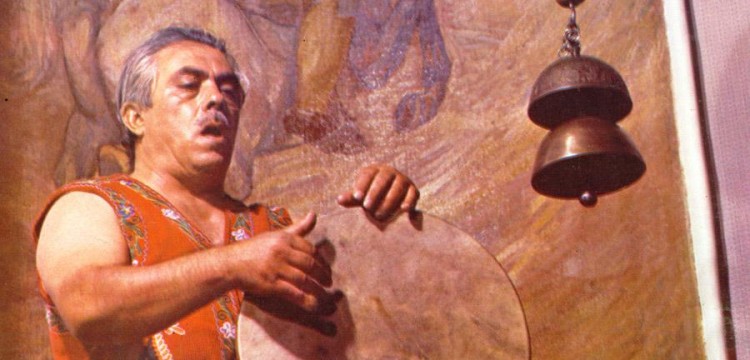
Percussion instruments such as bells are used in ancient sports, and the reason is that these types of instruments increase courage, strength, and courage. Ancient
" in the name of Yazdan Dadar Kordgar
And to manhood and chivalry
And to the right of the truthful
And to the right of free salt"
And with the permission of the mentors and Warriors
"God created the world
Chu Chengyi to play
to play it
immediately..." 1
All of us are full of innovation, music, direction and song, because We have self-improvement inside. It is the voice of the inner instrument that lifts us up, turns us and spreads our hands, but before we play we need one thing: "to the tune"
The inner tuner, when it is well tuned, it will have such resonance that its echo will fill the ears of the world. Undoubtedly, each of us at least several times said this sentence to a friend who is unhappy and sad. We have said that :
" You are not tuned in today! " , it means that today you are not happy and you are not happy and This example is the same speech that: " Each of us has a self-improvement inside. . A strong warrior goes to the field first with the sound of his inner instrument, and then it is the good sound of the outside that makes him laugh and inspires him to get excited in the middle of the pit. < /span>
in This speech will briefly mention the connection between music and myth, then epic music and its effect on the body and mind of the warriors of the pit of power.
The word music is derived from the word " ; Music " It is Latin meaning related to " Muses or Muses" Goddesses of art in Greek mythology. In ancient Iran, instead of the word " music" from The words Haikhniagar and Rameshgar were mentioned. There is a lot of talk about the connection between music and mythology among different cultures:
1- In Iran, a sect Dervishes believe that the soul with the sound of a tambourine over the body of the first couple Iranian named " Meshi and Mashianeh" is blown.
2- Indian music is called " Brahma" They attribute and attribute the seven tones of Indian music to the seven layers of the sky. While some believe that Indians took music from " "Phoenix" have learned (The phoenix is a legendary bird that has a thousand holes in its beak and a song comes out of each hole, and it is said in mythology that the phoenix gathers firewood when it dies to burn itself in a fire and another phoenix is born from its ashes. And this is a symbol that music and melody are always and eternal.) Hermes " The god of the wind is said to say:
One day Hermes saw a turtle next to his stone cave, so he caught it and emptied its shell, then the legs reed flower Cut it and place it in the varnish, then He put the cow hide around it and put strings on it, and in this way he made and played the first harp.
4- In Egyptian mythology, it is said that " Tweet" The god of knowledge created the harp.
5- The Japanese believe that if one can master all twenty instruments of Japanese music plays, he will be able to make the dust particles of the ceiling dance.
6- Pythagoras believed in " ; There was music in the heavens and he was of the opinion that since all objects that move in space produce sound according to their speed and volume, each planet produces a sound that is proportional to its speed and distance due to its rotation. Planets, rhythmic song " Music creates the heavens. The music that we never hear because our ears are full of it throughout our lives.
7- Plato believed that the human soul in the world before birth is familiar with heavenly songs and songs, and that is why it enjoys listening to songs in the world after its birth
and Rumi seems to agree It is the same opinion:
so sages have said This Tones ; from Rotary wheel We got We
is the call of the rotations of the wheel that the creation of They sing it to tambor and to throat
Believers They say Kathar ; Paradise Noqr turn on The works of Ugly
We Both components Adam We have been ; in Heaven it We have heard tones
epic music :
We are a group of mythological traditions We have a music related group and epic musical songs. Mythological narratives and its characters are more inspired by nature, but in a very exaggerated way. But this is not the case in the epic. epic in the figurative sense to The meaning of " courage and bravery" After the extinction of the Sasanian dynasty, two qualities emerged in Iranian music. One was epic music that expressed the spirit of heroism and struggle and resistance against the attacks, rebellions and rebellions of the era, and the other was a type of music that expressed the states of a defeated and sad but proud and hopeful person. Epic music that accompanied It was performed with epic poems, it was a compilation of the battles, victories, bravery and failures of the heroes of a nation and land. It is a story and a song. A song that tells a story of the behavior and actions of the warriors and their victory in a melodious and melodious way. And they are warriors, but in a completely reasonable size and awesomeness. For example in The saga of Rostam Jai Gershasp takes mythology in such a way that its lineage is also in the epic It comes to Gershasp: Rostam is the son of Zal, the son of Sam, the son of Nariman, the son of Gershasp, the son of Atret, the son of Jamshid. Ferdowsi's Shahnameh is a compilation. From myth, epic and history. Ferdowsi consciously And with knowledge full of treasures Mythological, epic, and historical values have been written by Nazanin. As an example, the first part of the Shahnameh from Kiyomarth to the appearance of Fereydon mythological part, From the rise of Fereydon to the reign of Bahman son of Esfandiar, it is the epic-pahlavi part, and from Bahman to the Sassanids, it is the historical part. ;
The creators of the first epics were unknown composers and singers who Later, their reports were made by narrators and itinerant mendicants and gradually over time they were written.
in the book " The epic is in the national mystery (p. 29):
" The simplest part of the epic story is oral hymns. This part of the saga is the result of anonymous tastes and talents and the result of improvisation and improvisation at the time of events. This river and songs are part of the oral tradition of every local culture. Such stories are the result of a number of songs or ballads that were gradually joined together by a poet or a miner or a narrator and a carrier. On the one hand, it seems that in the first stages of civilization , and in many parts of the world, many poems, both lyrical and epic, have been written to be sung or sung with music and instruments, and the oral tradition has preserved and continued the unity of music and poetry. This accompaniment of hymns and songs affects the form, tone, and language characteristics of these stories-songs..." Most of the narrators of these stories-songs have been itinerant musicians and singers who usually go from place to place and like " "Azerbaijani lovers" who have remained today, tell their stories and hymns along with their special and ethnic instruments for the listeners of the streets and markets and even the courtiers they read." But these minstrels and rameshgars and itinerant musicians gradually got a name and identity in the following periods so that they were called by name in every culture and told stories and kept epic traditions alive and even Historical The work of these singers, Qawlans, and musicians has been unknown. "Gusans" 1
Continuity of ancient music and sports :
Imagine a gym with wrestlers inside and ready to start exercising, but minus one thing, music, in fact, eliminate the beat, even the thought of it in the mind It takes place in silence and this is the emphasis on the importance of music in Zorkhane ritual. The Zorkhane ritual is a combination of valor and strength, wisdom and alertness, chivalry and Radi, music, river and song. If one of these factors is taken away from it, it lacks something. For example, " Pahlavi" There is no "hero" in Zorkhane. The ancients are warriors because the heroism is temporary and the heroism is eternal, the warrior has a high lyrical meaning, and the wisdom is the warrior religion, and chivalry is the leaven of it, and Radi, Hakim Tous sings about Radi:< /span>
&n bsp; All people should worship you. Radi means forgiveness in the word, and those who are familiar with the Zorkhane ritual know well that the ceremony of Golrizan is the same as the Radi of the warriors. Warriors are accompanied by a special song during battle, victory, joy and other occasions, the musical instruments that are mentioned in the Shahnameh are: horn, golden bell, cymbal, pipe, trumpet, Indian dry and trumpet. In fact, the accompaniment gives more strength to the fighters in the special moments of fighting As the ancients become more powerful in the middle of the pit with the sound of bells and beats. The sound of the bell keeps the weight. Basically, the existence of instruments, music and singing causes some expressive limitations to be removed, whether in creating excitement and poetic motivation, or in tone, weight, movement, ability, etc. And it has the ancient soul of Karan, as the beginning, middle and completion of all stages of this ritual is with music.
in general The instruments are divided into several types:
1- String instruments (violin, cello, etc.)
2- Wind instruments (flute, oboe, krangle, trumpet, etc.)
3- < /span>Percussion instruments (meters, drums, beats, triangles, timpani, bells, drums, bells, bells, etc.)
- In Japan " Katari-to" in Britain" Bards " In ancient Greece " Rhapsodos" in Norway " Skald " in France " Trevors " Among the South Slavic peoples " Guzlars" in Russia " Ask – Marukhi" Among one of the Sudanese tribes " Maboha" have been nicknamed."
in the ancient sport of instrument A drum is used like a bell, and the reason is that this type of instrument increases courage, strength, and courage.
Generally, musical instruments After Islam, they were quiet but loud. Therefore, since the beginning of Islam, Iranian music was limited to monophonic music. This type of music was at the level of perfection in such a way that the use of small intervals and the performance of takiyas, etc., made it rich. This type of music was mostly used when reading the poems of great writers such as Hakim Abulqasem Ferdowsi, Rumi and Hafez because it added to their epic, mystical and poetic moods. This type of music with special beats for reading the Shahnameh in It was performed among the Ilati and Nizh Zorkhanehs. The ancient sport and monophonic music of zorkhane percussion, which is in complete harmony with special beats that match the movements of the athletes in the middle of the pit, strengthens the physical strength and the moral and high spirits of the soul.
The device that is common in reciting the poems of zorkhanehs is the quadruple device. The square machine is a machine Very old and original, dating from thousands of years ago in the history of Iranian music. The characteristic of this device is to create movement and force. One of the most famous corners of this device" Rajz or Arjoz " It is that the poems of Shahnameh and zorkhanehs are sung to its tune.
The instruments used in zorkhanehs are drums and bells. But The sound of every musical instrument has a special color, for example, the color of reed or flute is sky blue and light green Either the color of the drum sound is gray or silver triangle. We do not intend to mention the sound of Let's talk about all the instruments, but we emphasize on the color of the sound of the bell: it is golden, and this is the color that is related to the world of meaning and has a divine color. It is not without reason that the sound of the Zorkhaneh bell gives spiritual joy to the athletes. The sound of the beat is also called grayish white. The sound and color of this instrument is also completely heavenly and has a special purity, just like the warriors of Zorkhaneh are white and golden.
The conclusion is that music is always with man. Music accompanies a person everywhere, from the lullaby of the cradle to the lamentation of Badrud Hayat. For every moment of his life, man has the special music of that moment. Moments of happiness, work, play, sadness, fighting, sports and even performing special religious ceremonies.
Life without music has no color ">. Let's play romantically & Amen
Books:
Ismailpour, Abul Qasim (translator), Zaboor Manavi, Tehran, Fekr Rooz, 1375
Bashi, Behzad, (translator) Iran's mincing and music, Tehran, Agha, 1368
Bahar, Mehrdad; Research in Iranian mythology (first and second part), Tehran, Agah, March 2, 1376.
Binesh, Taqi, Brief History of Iranian Music, Tehran, Hestan, 1378
Tafazali, Ahmad; History of Iranian literature before From Islam, Tehran, Sakhan, 1376
Poetry and Music in Iran, Collection of Articles, Tehran, Hirmand, 1368
Mokhtari, Mohammad, Epic in National Mystery, Tehran, Qotra, 1368


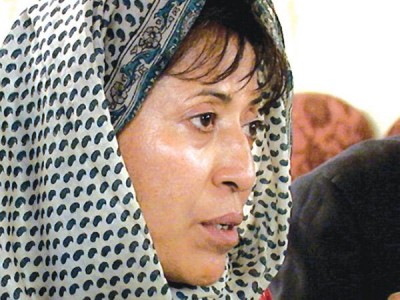
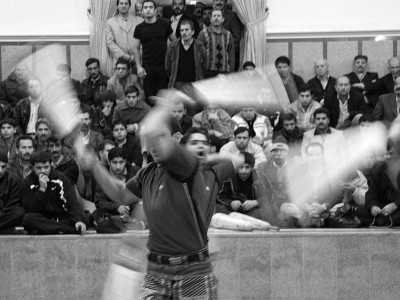

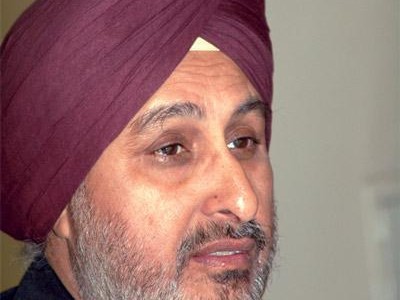
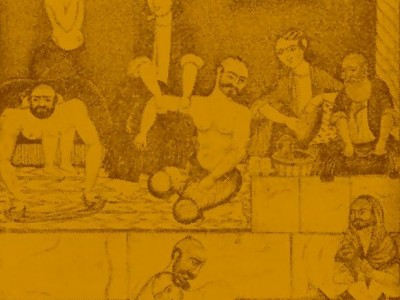
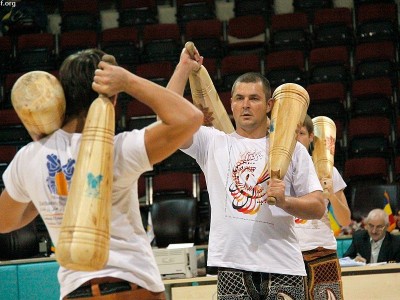
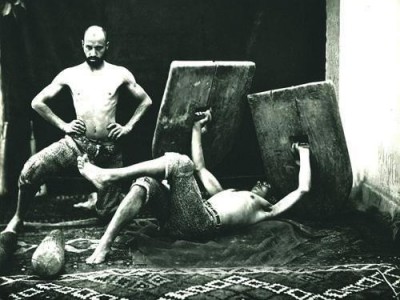
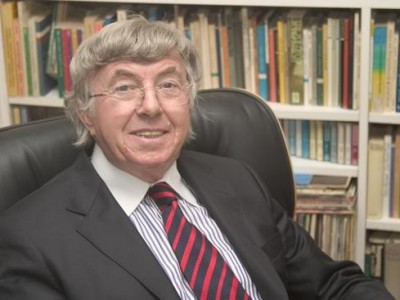
Contact Us
International Zurkhaneh Sports and Koshti Pahlavani Federation
Address: Iran, Tehran, Artesh Highway, Mini City, Naft Town, Suleiman Mosque Square, Sarai Mahalle Corner, Zorkhaneh Shahadai, Naft Town,
Postal Code: 1955673172
Contact number: 22495935
Subscribe now
Do not miss our latest news and reports.
Zorkhane is the house of strength, the ritual of hard work, cultivating the spirit of generosity, chivalry, patriotism and a combination of sports, art and politeness.
The traditional sport of Zorkhaneh is the sport of values. In its thousands of years of history, this traditional sport has played an important role in people's strength and physical and mental fitness. Zorkhane sport is a cultural and spiritual heritage and a good source for the development of public sports.
